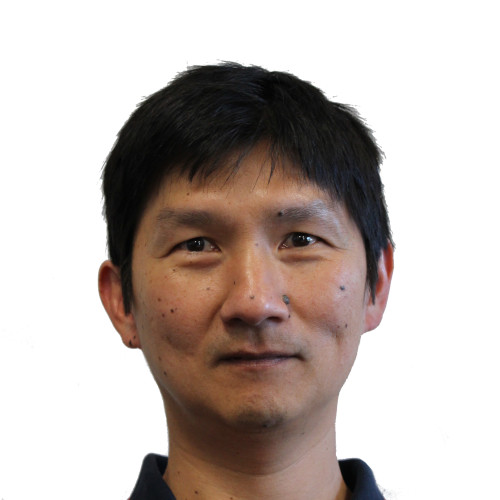Technology saves
‘lakes’ of water
New water-saving technology is helping American farmers use up to 20% less water in irrigating their crops without loss of yield – thanks to research originating at Lincoln Agritech.
New water-saving technology is helping American farmers use up to 20% less water in irrigating their crops without loss of yield – thanks to research originating at Lincoln Agritech.
Measuring soil moisture accurately is vital for all food growers, but most moisture sensors are buried in the ground and give data only for a small surrounding area. Especially with large fields, this makes the data they produce of limited use.
In 2012 Lincoln Agritech successfully secured a two-year Smart Ideas contract from the Ministry of Business, Innovation and Employment (MBIE) to develop a cost-effective moisture sensor that could measure moisture throughout a field while mounted on a moving vehicle.
The project was successful – with researchers developing a radar-based moisture sensor that could be mounted on a centre-pivot irrigator and take multiple readings throughout the field. However, there was little interest in New Zealand to further develop and commercialise the technology.
About the same time, Israeli company Autonomous Pivot was grappling with the same problem. The company found Lincoln Agritech’s research and made contact – could the companies work together to deliver water-saving irrigation to the world?
Licensing agreement
In 2021 the companies signed a licensing agreement, allowing Autonomous Pivot to use the technology in its intelligent system that can take up to 300 soil moisture readings per rotation, without disturbing the soil.
It’s now installed on hundreds of pivots throughout the United States, mainly in the Midwest, where the main crops are corn, soybeans, and potatoes.
With about 200,000 centre pivot irrigators in the United States, and around 500,000 worldwide, the technology is yet in its early days, but it’s already showing impressive results. Autonomous Pivot CEO Yurial Aviel said a field-by-field study showed a 20% saving of water, and a many-field study showed a 15% reduction in water use, all without loss of yield.
“If you calculate that for a field of corn, it’s about 300 swimming pools, or 10 million gallons,” he said in an episode of Beyond Number 8. “If you multiply 10 million gallons of water by 400, you get billions of gallons of water.
“In the beginning we were measuring our savings in swimming pools, but now I think we should be measuring lakes. We are really saving little lakes of water.”




